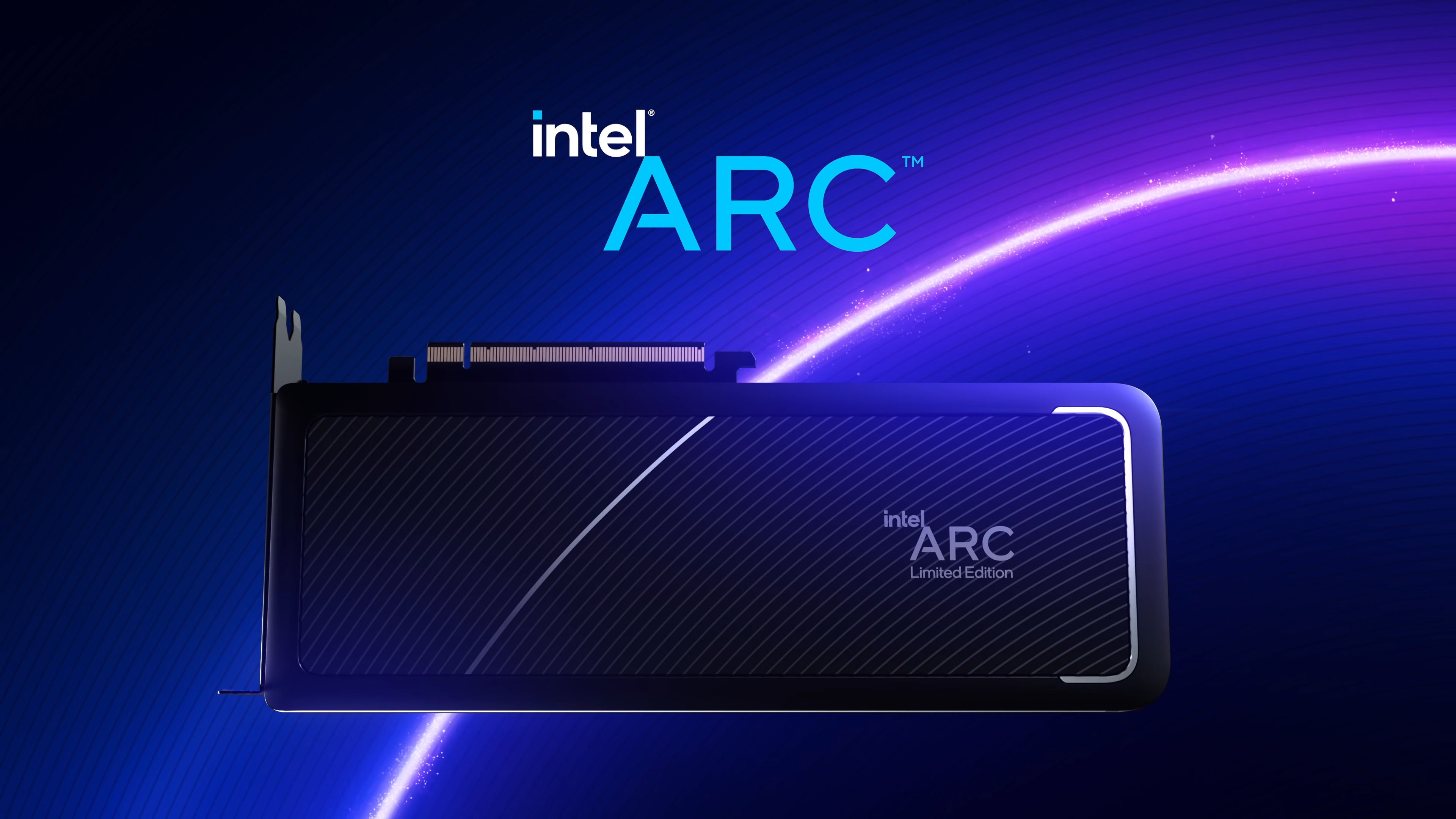So, as you can tell, Intel has quite the full plate in front of them. But, there’s another thing that still needs to be added to the plate and that is Arc A-Series desktop. What everyone is really looking forward to is Intel’s stint at discrete GPUs for desktop PCs that compete against established options from NVIDIA and AMD. We already know a lot about Intel’s upcoming desktop GPUs and today we have a new benchmark to look at. The top-end GPU from Arc A-Series for desktop will be the ACM-G10. It will be a full-die solution housing 512 Execution Units and 32 Xe-Cores. Right now, there are three variations of this GPU, two cut-down versions and the aforementioned full-die variant which is most likely the Arc A770. This GPU will feature 4096 FP32 Cores at a 175W TDP and Intel has already teased what is supposedly the Arc A770 desktop GPU at the end of their mobile launch event.
Benchmark breakdown
Speaking of which, the Arc A770 has been tested on Geekbench inside a Coffee Lake system equipped with Intel’s Core i5-9900K processors from a few years ago. This processor is a pretty common outlier when it comes to internal testing as it has been seen in many other leaks as well. The Geekbench listing was, as always, first discovered by BenchLeaks then reported on by Videocardz. Moreover, the Arc A770 in the Geekbench entry can be seen carrying 12.7GB of memory, when in reality it has 16GB of memory, so some of the VRAM was likely being allocated to other resources. The GPU is also listed with a 2.4Ghz core clock which is just 200Mhz higher than the maximum boost clock of Arc A350M. It should be noted that Intel has previously hinted at a desktop Arc GPU with a 2.25Ghz clock speed as well. Coming to the benchmark itself, it is nothing impressive. The OpenCL score for the A770 was just 85,585 points. That score is lower than even RTX 3060 mobile solutions which score an average of ~89,000 points in the same test, and the A770 is supposed to compete with the RTX 3070 Ti desktop GPU. Now, OpenCL scores are not a good representation of real-world performance, especially for gaming, but we can still compare them to get a general idea. That score is obviously quite underwhelming and honestly makes little sense considering how powerful the Arc A770 is supposed to be. However, this was, after all, an internal leak with unfinished drivers which most definitely held the GPU down. By no means does this indicate that the Arc A770 will be an underwhelming disappointment at launch. All it tell us is that work is still being done and drivers are still not close to finished. Rumors of an Arc A780 GPU have also floated around town for a while but we haven’t heard anything about that SKU recently. We’re thus unsure if the company is still planning on releasing such a SKU down the line. The “Limited Edition” GPU teased at the end of March’s Arc Graphics event could either be the Arc A770 (most likely) or a surprising announcement of the Arc A780. All in all, Intel is one busy company with huge ambitions for the future. Not only is Intel now stepping up to the graphics market to present a third option to the consumer, they’re also in the race to defend their current CPU domination title against a more vicious AMD coming in with a new platform this year. That is why Intel’s upcoming releases are more important than ever; they’re not saving graces for the company but rather chances to prove itself as capable of true innovation once again.


